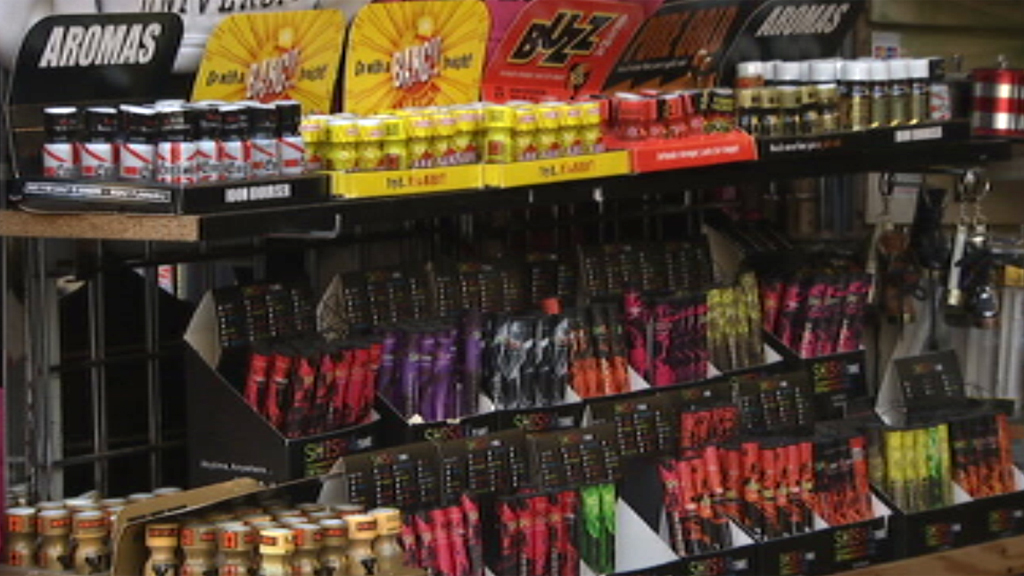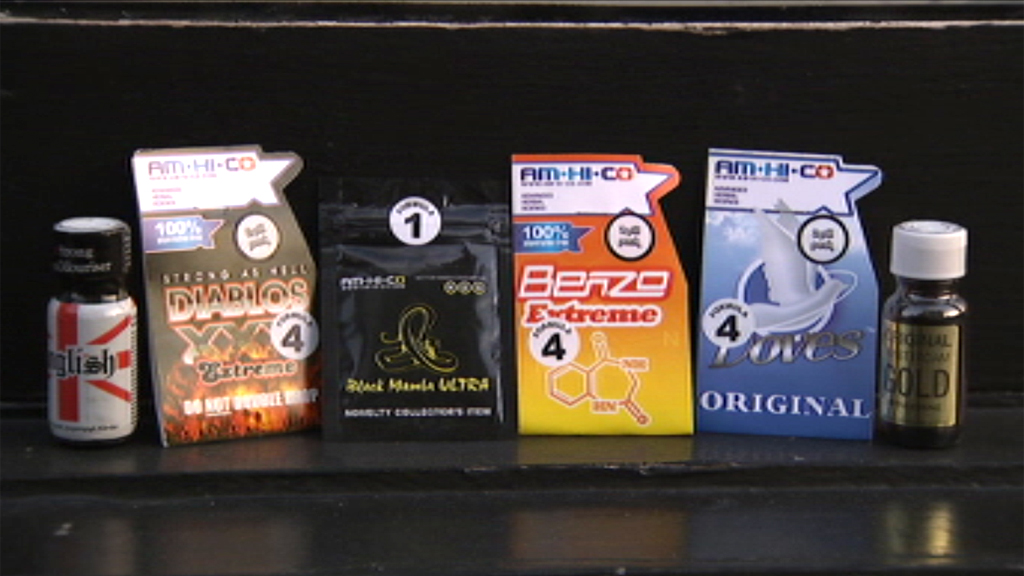Legal highs: what you need to know
With the number of so-called legal highs growing at an “unprecedented” rate across the world, what are the most common types of these drugs and what dangers do they pose?

UN drug experts have identified 348 new psychoactive substances (legal highs) in more than 90 countries, although this could be an under-estimate.
None of these drugs is controlled at an international level, according to a report from the UN Office on Drugs and Crime (UNODC).
In North America and Europe, certain legal highs are more widely used by young people than traditional banned drugs.
“There is a dynamic and unprecedented global expansion of the synthetic drugs market both in scope and variety,” Jean-Luc Lemahieu, from the UNODC, said.
“New substances are quickly created and marketed, challenging law enforcement efforts to keep up with the traffickers and curb public health risks.”
What are the most common legal highs?
Across the world, the most common types are cannabinoids (which mimic the effect of cannabis), cathinones (a type of stimulant which can mimic the effect of ecstasy), and phenethylamines (a wide class of drug including stimulants and hallucinogens).
Legal highs appear to be more common in Europe and North America than elsewhere.
Cannabinoids sold in the UK include Clockwork Orange and Exodus Damnation, which are not supposed to be for human consumption. Another brand, Black Mamba, is now illegal in the UK.
Many formerly legal stimulants, such as MPDV, NRG-1 and Benzo Fury, have also been made illegal. Khat, which is popular among Somalis and Yemenis in the UK, will be banned in July.
All phenethylamines are supposed to be illegal under the misuse of drugs act, but there is a grey area where specific substances and brands are not named, such as Bromo-Dragonfly.

A hallucinogenic legal high called 25i-NBOMe becomes a class A drug in June.
Crime Prevention Minister Norman Baker said: “Hundreds of substances previously sold as ‘legal highs’ are now controlled drugs in the UK, mainly thanks to our use of generic legislation.”
But the story of legal highs in the UK reveals that as brands are made illegal, other drugs are developed to take their place.
Club drug that is now illegal
Mephedrone, which is popular on the club scene, is a cathinone that is now illegal in the UK under the misuse of drugs act.
The UK wants it outlawed at an international level, too, with controls brought in under the 1971 UN convention on psychotropic substances.
The UNODC report says banning the drug may have led to a decline in its use, although it is still popular.
What are the dangers?
In 2012, 68 people in the UK died after taking legal highs. There is increasing concern about these drugs and more than 20 music festivals in the UK, including T in the Park and Bestival, have banned their sale.
The most obvious danger with legal highs is that people taking them do not know what they contain. This makes it harder for medical staff to treat them if they become ill.
Simon Antrobus, chief executive of Addaction, told Channel 4 News: “At Addaction, we’ve seen an upward trend of ‘legal highs’ misuse in the past year, particularly among young people in economically deprived areas.
“Legal highs is a misleading term, though. By calling them ‘legal’, it’s easy to be fooled into thinking these drugs must be safe or at least tested, when that’s far from the truth.
“These substances are usually marked as ‘not for human consumption’ for a reason. People don’t know what they are using or the potential dangers and if they’re injecting then they’re exposing themselves to risks of overdose, blood-borne viruses, infections, injury and accidents.”
Addaction treated 50,000 people in 2013, 677 of whom had taken legal highs.
-
Latest news
-
Windrush scandal: returning to the UK after a forty year wait6m

-
Netanyahu ‘survival’ depends on ‘expanding war’ says head of Palestinian National Initiative5m

-
Proposed law change could strip parental rights from paedophiles5m

-
Hugh Grant settles privacy lawsuit against The Sun newspaper publisher2m

-
Post Office Scandal: what did top executive know?6m

-




